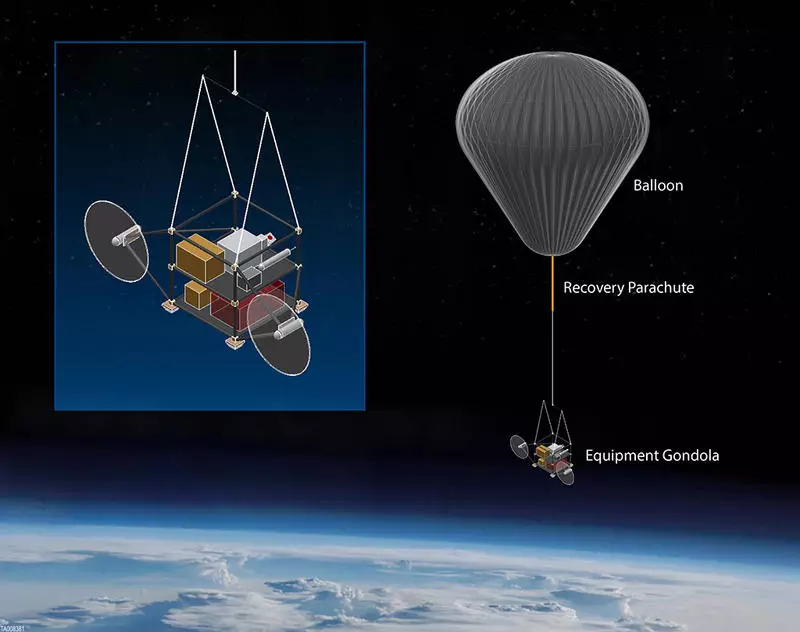
Bill Gates is backing a proposal that aims to prevent climate change by lifting tonnes of dust 12 miles above Earth's surface and sprinkling the stuff around the stratosphere - in much more technical terms, of course.
This is a project that is not only being supported by the 63-year-old Microsoft founder, but is also being pioneered by scientists at Harvard University.
The plan is for the 'dust' to create a gigantic sunshade by reflecting some of the heat and rays back into space - in turn dimming the effects of sunlight and potentially protecting Earth from global warming.

According to MailOnline, the 'sky-clouding' experiments were meant to take place months ago.
Advert
The initial test is said to cost around $3 million and is known as Stratospheric Controlled Perturbation Experiment (SCoPEx). It would use a high-altitude scientific balloon to raise around 2kg of calcium carbonate dust - the size of a bag of flour - into the atmosphere above the desert of New Mexico.
There are fears that SCoPEx could trigger a disastrous series of chain reactions, however, including serious droughts and hurricanes - meaning that it is on hold at the moment.

An advisory panel is said to be assessing all the potential risks and one of the Harvard team's directors, Lizzie Burns, admits: "Our idea is terrifying... But so is climate change."
Advert
Gates is funding the project, which began as a partnership between chemist James Anderson and physicist David Keith, both of Harvard, according to nature.com. You'd imagine it's a subject close to his heart, however, as he has previously spoken about climate change and his passion to reduce it.
On his blog, Gates wrote: "We must solve two challenges. The first challenge will come as no surprise. We need to do more to harness the power of the sun and wind. And thanks to falling prices for solar panels, wind turbines, and other technologies, deploying renewable energy systems is more affordable than ever before."
Never mind that, Bill. Tell us about chucking a load of dust into space!
According to Harvard University's website, the plan for the experiment is to use a high-altitude balloon 'to lift an instrument package approximately 20 km into the atmosphere'.
Advert
Once in place, a very small amount of 'material' will be released. This mysterious 'material' will initially be ice to ensure it works properly. It will then be replaced with calcium carbonate, a common mineral dust.
In an almost reassuring tone, the onsite post says that the test will pose 'no significant hazard to people or the environment', adding that calcium carbonate is a nontoxic chemical commonly found in nature.
Featured Image Credit: PATopics: Science, News, Citizen Reef